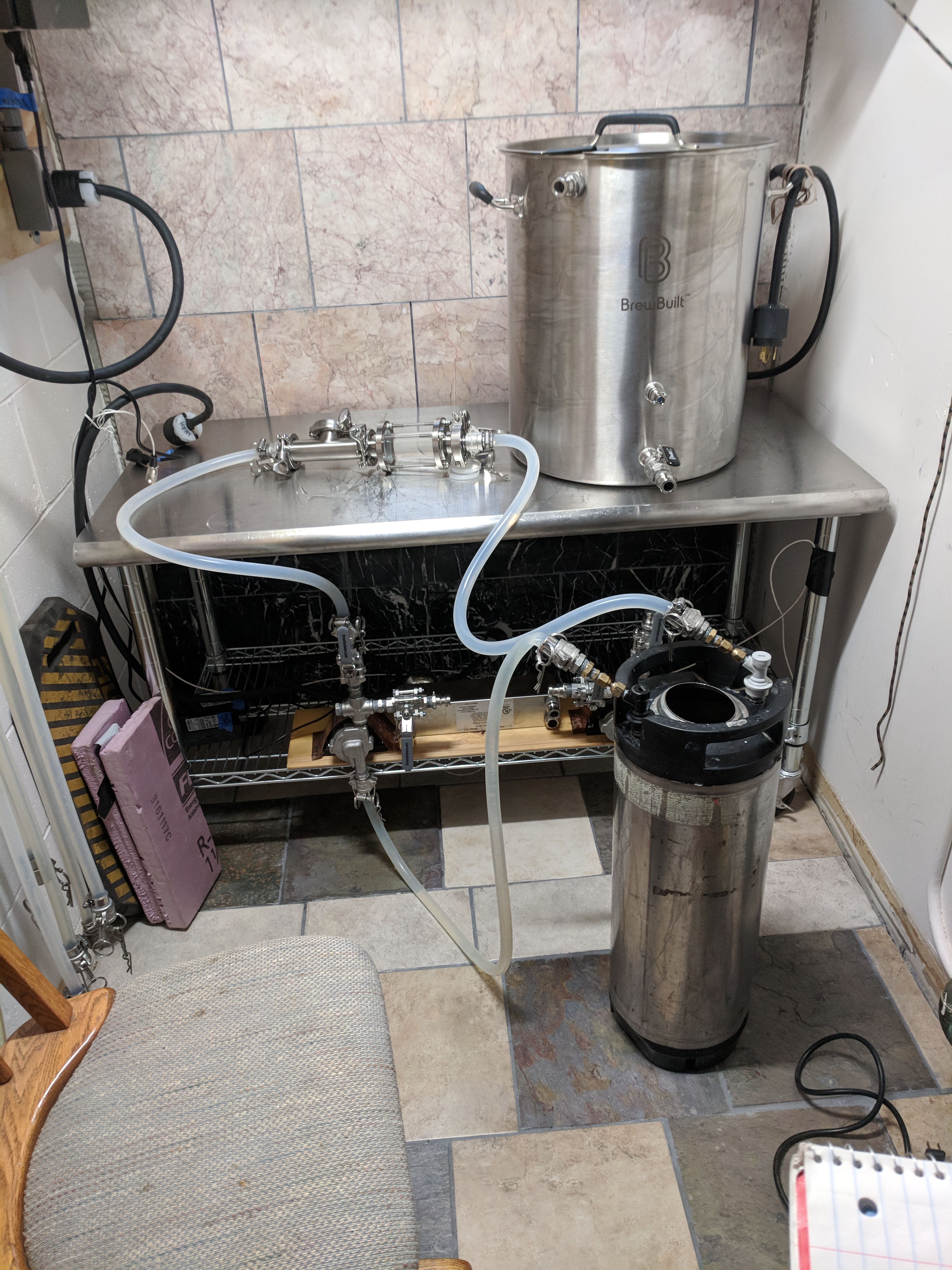I’ve had some good luck doing this with beers without any dry hops, and I think it may become my standard process for those. Not necessarily because I’ve noticed a quality difference, just because it’s easy. I only have one CBDS for now though - waiting to try it with a few more batches before I go all in on a couple more.
However, for IPAs, I think I’ve been noticing that I need some sort of post-fermentation dry hop for my tastes. For those, I’ve had issues opening the keg to add hops with any sort of carbonation level already present. My best results so far with NEIPA have been fermenting and spunding with a bio transformation hop at day 1-2. The fermenter has a full length screen around the dip tube and I chill to 60F after fermentation to drop the hops. Then, I water purge and add dry hops to a serving keg with the CBDS while flowing in CO2. From there, I can transfer under pressure without a foam volcano.
I will probably try it one more time, saving all dry hops for post fermentation and seeing if having no dry hops present already in the pressurized fermenter makes it any easier to open without a mess.








